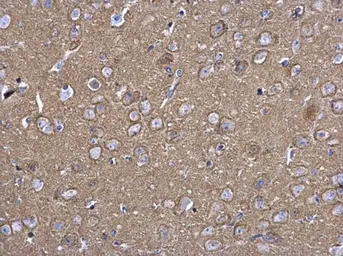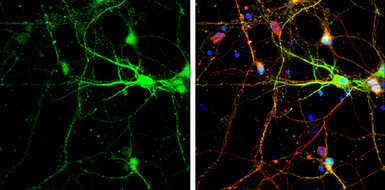SNAP25 antibody
Cat. No. GTX113839
Cat. No. GTX113839
-
HostRabbit
-
ClonalityPolyclonal
-
IsotypeIgG
-
ApplicationsWB ICC/IF IHC-P IHC-Fr IHC-Wm
-
ReactivityHuman, Mouse, Rat, Zebrafish








